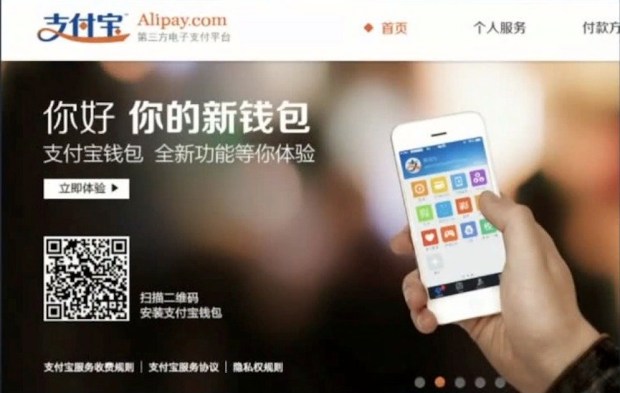Alipay Coming To Europe

Alipay, the digital payments platform, of Alibaba’s financial arm, Ant Financial, is ready for its biggest global expansion: Europe.
The announcement that Alipay will be launching in Europe this summer will give its massive 450+ million active Chinese consumers the chance to use the digital payments option while abroad in Europe, which would be the company’s largest market outside of Asia.
According to the latest stats available from the company, Alipay processes 175 million transactions a day, and during its peak times it experiences 85,000 transactions/second.
According to reports on the launch plans, the app would have the ability to know when the user was traveling in Europe and could then provide notifications on nearby places it could pay with the app. Alipay officials hope this expansion helps it gain a massive amount of users — and new countries — over the next decade.
“The vision is targeting 2 billion people within next five to 10 years, not only in China but other countries too,” Sabrina Peng, president of Alipay International, told CNBC.
But Europe isn’t the first market for Alipay outside of China, as Ant Financial has also put more of an investment into the India mobile payments market with Paytm in 2015 as part of its expansion plans in that region. Peng said Alipay is “actively looking” for partners in Asia.
As for Europe, Alipay isn’t planning on going big in the region just yet. Ant Financial is reportedly in talks with various financial institutions to talk partnership options, but nothing official has been announced. But the company does believe there is an opportunity with merchants to bring another payment solution into more markets.
“Merchants are not crying for another payment solution. What they want is more business. We are not a payment service, we are more than payments. Payment is very critical part of the circle, it is not the only part of the circle,” Peng told CNBC.
“For merchants it’s the same story, they want to know Chinese consumers, Asian consumers, Japanese, South Korean, Indians, but it’s hard for them to know their overseas customer because they lack a platform. That’s what we are doing: connecting consumers and merchants together to help them connect better,” she continued.
